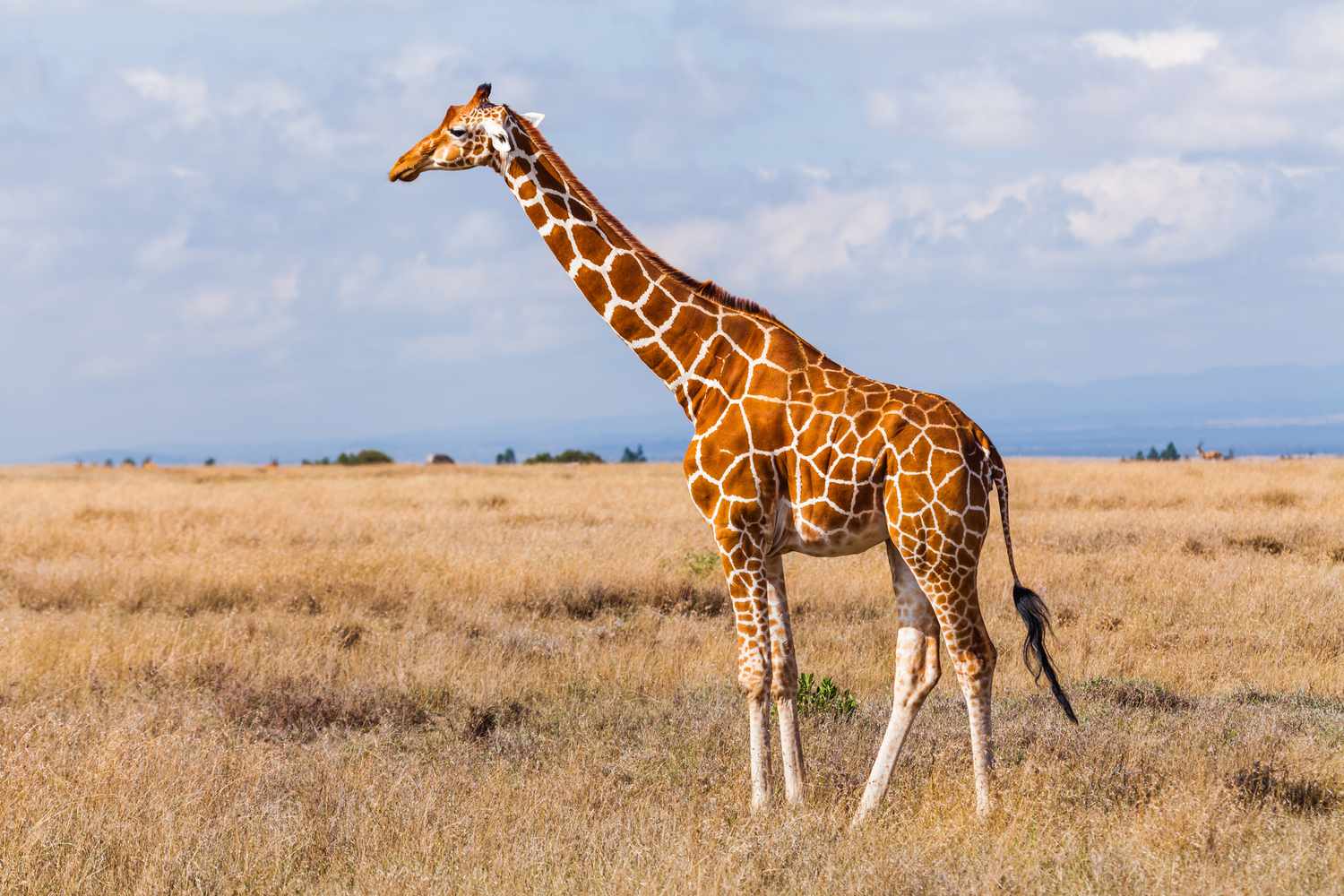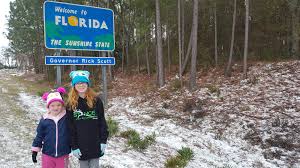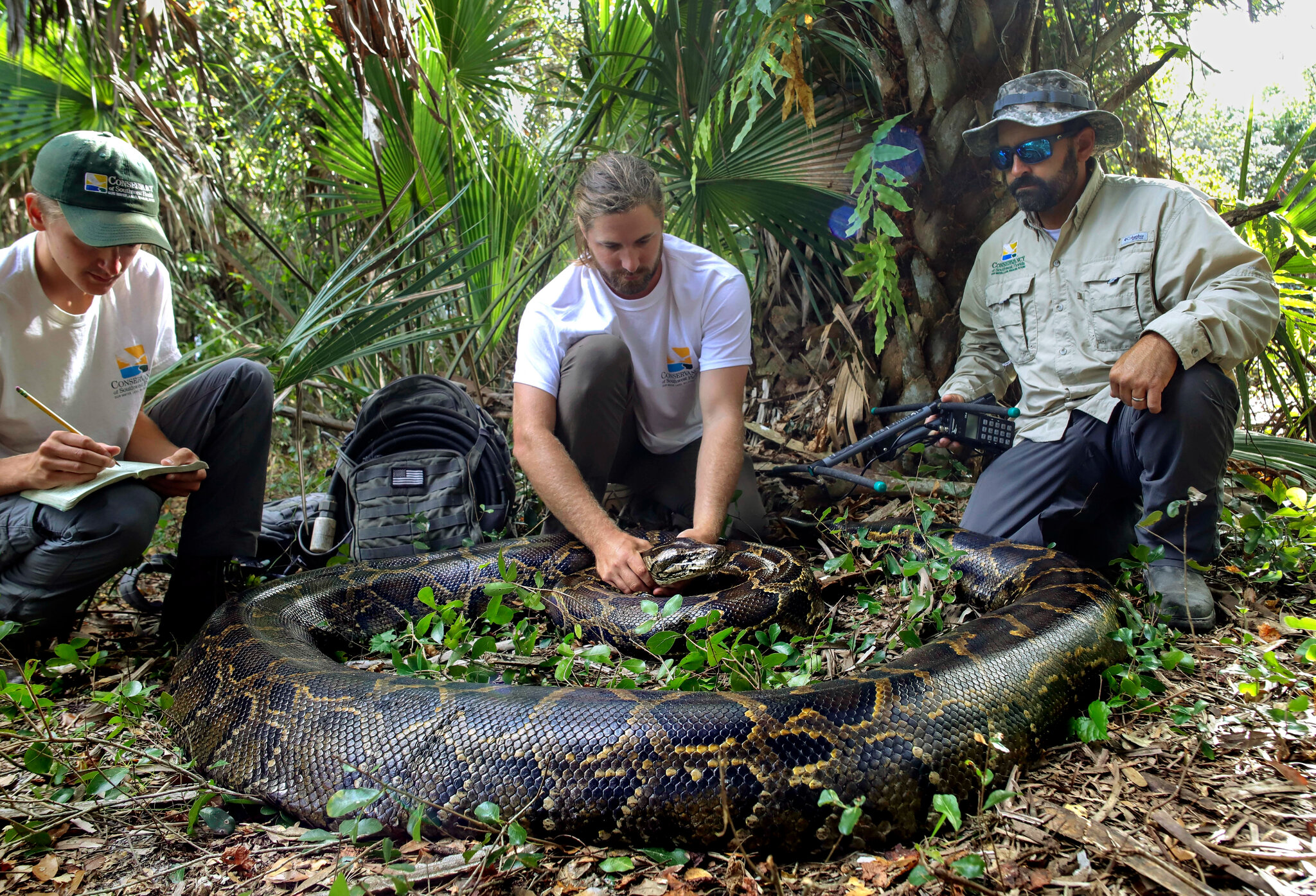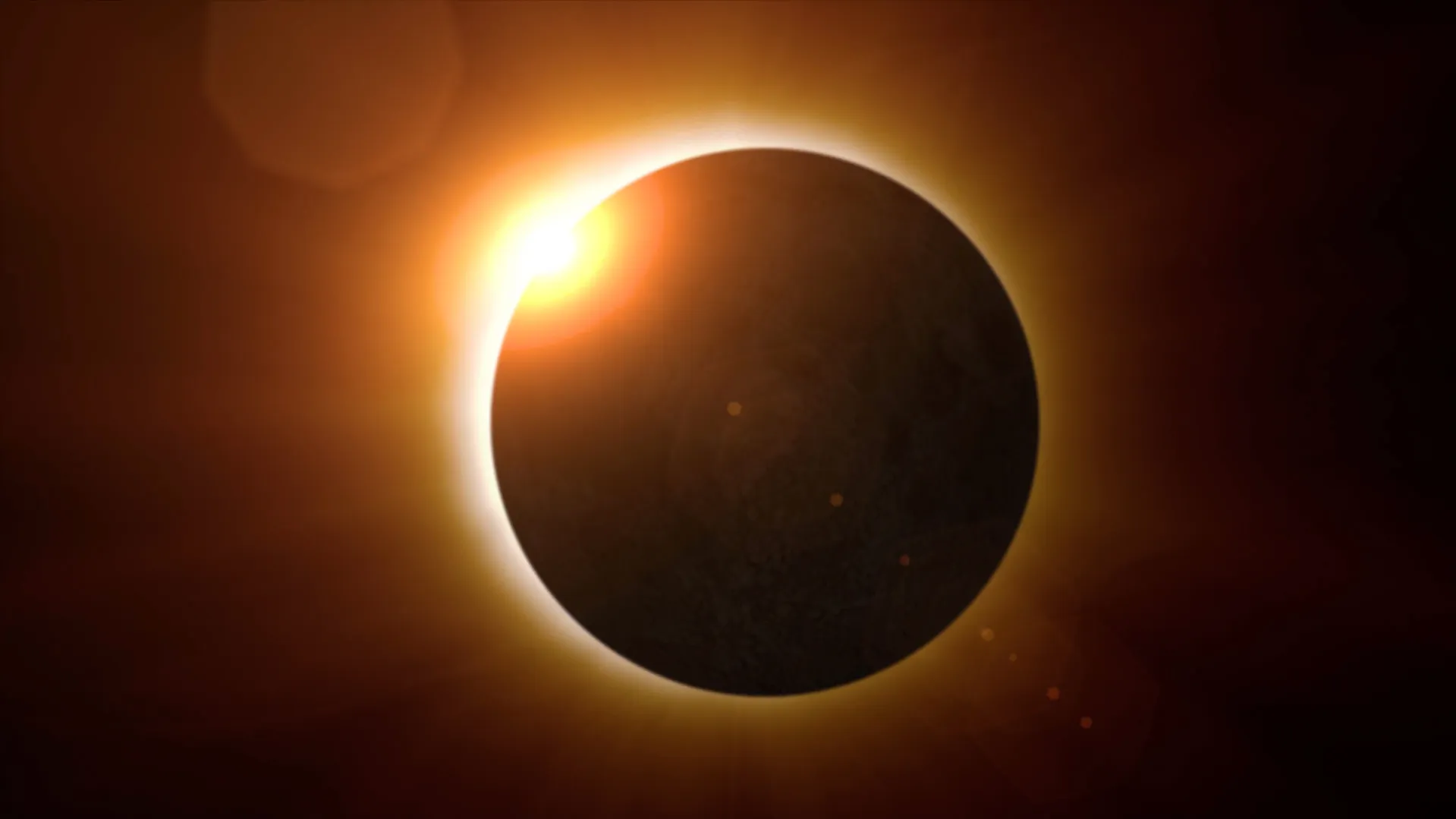The savannah is a fascinating place where nature shows off its most vibrant colors and creatures. This unique environment, found in parts of Africa, South America, and Australia, is home to a wide variety of plants and animals. In this article, we’ll dive into the exciting world of the savannah’s flora and fauna, exploring the plants, animals, and their special adaptations that help them thrive in this environment.
What is a Savannah?
A savannah is a special type of grassland that is dotted with trees and shrubs. It’s different from a forest because the trees are more spread out and the grass is often tall and thick. This environment is usually warm or hot and has a wet season and a dry season. During the wet season, there is a lot of rain, which helps the grass and plants grow. During the dry season, it hardly rains, and everything becomes drier. Also read Exploring the Wonders of Flora and Fauna in the Savannah
Flora of the Savannah
The savannah is home to a variety of plants that have adapted to the unique conditions of this environment. Let’s take a look at some of the most interesting plants that thrive here.
Grasslands Galore
The savannah’s most common feature is its grasses. These grasses are incredibly resilient and have deep roots that help them survive the long dry periods. Some of the most notable grasses in the savannah include:
- Elephant Grass: This tall grass can grow up to 10 feet high and is a favorite food for elephants. Its long, thick stalks help it survive the dry season.
- Red Oat Grass: This grass is known for its reddish tint and provides food for many herbivores. Its seeds are also important for other animals.
- Buffalo Grass: Named after the buffalo that graze on it, this grass is tough and grows in dense mats.
Iconic Trees
While the savannah is mostly grass, there are some special trees that stand out. These trees are important for providing shade and food for animals.
- Baobab Trees: Often called “the tree of life,” baobabs are enormous and can store water in their thick trunks. They also produce large fruits that are eaten by many animals.
- Acacia Trees: These trees have small leaves and thorns to protect them from animals. Their pods are a food source for various creatures.
- Marula Trees: Known for their juicy fruit, marula trees attract animals like elephants and monkeys. The fruit is also used to make a popular local drink.
Fauna of the Savannah
The savannah is not only home to interesting plants but also to a diverse range of animals. Let’s explore some of the amazing creatures that live here.
Majestic Mammals
The savannah is famous for its large and impressive mammals. These animals have adapted to live in the open grasslands and can often be seen grazing or roaming in herds.
- Lions: Known as the “king of the jungle,” lions are actually found in savannahs. They hunt for other animals and live in groups called prides.
- Elephants: These giant mammals are often seen moving through the savannah in search of food and water. They use their trunks to pick up food and drink from waterholes.
- Giraffes: With their long necks and legs, giraffes can reach high branches that other animals can’t. They use their necks to browse on leaves and can be seen walking gracefully across the savannah.
Clever Carnivores
Besides lions, there are other carnivores in the savannah that play important roles in the ecosystem.
- Cheetahs: Known for their incredible speed, cheetahs are the fastest land animals. They use their speed to catch prey, like gazelles, in short bursts.
- Hyenas: These scavengers are known for their distinctive laughs and strong jaws. They often eat leftovers from other predators and sometimes hunt on their own.
- Wild Dogs: These social animals hunt in packs and are known for their teamwork. They are fast and clever hunters, often chasing prey over long distances.
Marvelous Herbivores
Herbivores, or plant-eating animals, make up a large part of the savannah’s wildlife. They have adapted to eat the tough grasses and plants found here.
- Zebras: With their distinctive black-and-white stripes, zebras are a common sight on the savannah. They graze on grasses and travel in herds for protection.
- Wildebeests: These large, horned animals are known for their annual migrations. They move in large groups to find fresh grazing areas and water.
- Antelopes: Many different species of antelopes live in the savannah. They have strong legs and are excellent runners, which helps them escape predators.
How Flora and Fauna Interact
In the savannah, plants and animals are closely connected. Each plant and animal has a role to play in the ecosystem, creating a balance that supports life.
The Circle of Life
Plants provide food and shelter for animals. For example, grasses are eaten by herbivores like zebras and giraffes, while trees offer shade and fruit. In turn, herbivores are prey for carnivores like lions and cheetahs. This interaction helps keep the ecosystem balanced.
Adaptations for Survival
Both plants and animals in the savannah have special adaptations that help them survive. For example, many plants have deep roots to access water, while animals like elephants have large ears to help them stay cool. These adaptations are essential for thriving in the savannah’s unique environment.
Conservation Efforts
The savannah is a delicate ecosystem that faces many threats, including climate change, habitat loss, and poaching. Conservation efforts are important to protect the flora and fauna of the savannah and ensure that these incredible places continue to thrive.
Protecting Wildlife
Conservation organizations work to protect animals and their habitats by creating wildlife reserves and anti-poaching programs. These efforts help ensure that animals like lions, elephants, and giraffes can continue to live in the savannah.
Preserving Plant Life
Efforts to protect plants include managing land use and restoring damaged habitats. By preserving the plants that support the savannah ecosystem, we help maintain the balance that allows all species to thrive.
Conclusion
The savannah is a vibrant and exciting place, full of unique flora and fauna. From the tall grasses to the majestic animals, every part of this ecosystem plays a crucial role. By understanding and protecting the savannah’s plants and animals, we can help ensure that this beautiful environment Time continues to thrive for generations to come.
So next time you hear about the savannah, remember that it’s not just a place with grass and trees—it’s a lively, complex world where every plant and animal has a story to tell.





